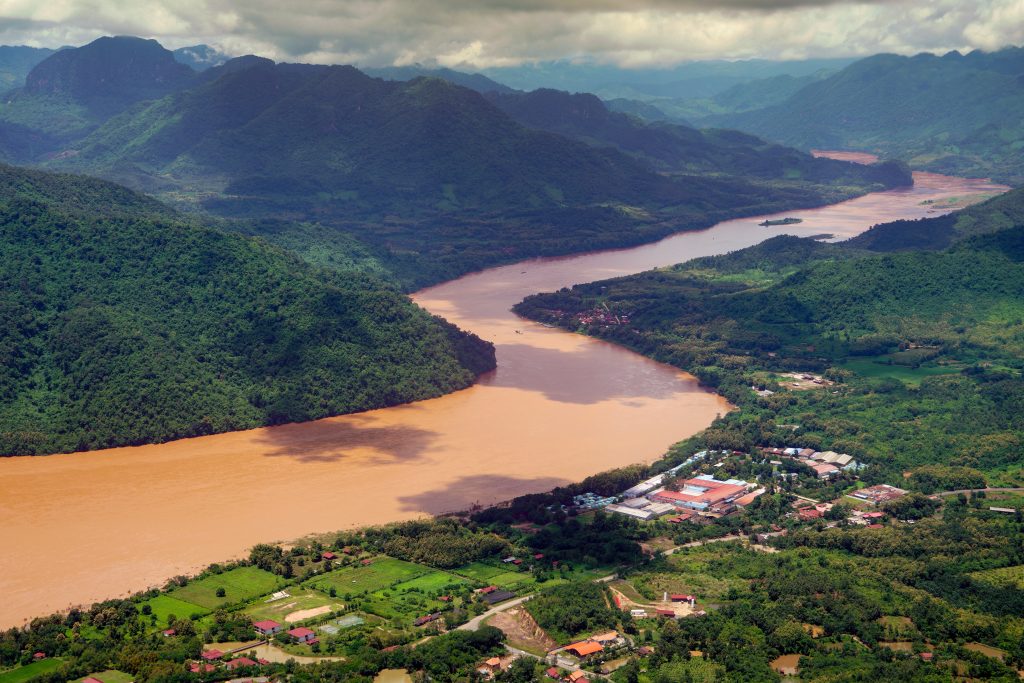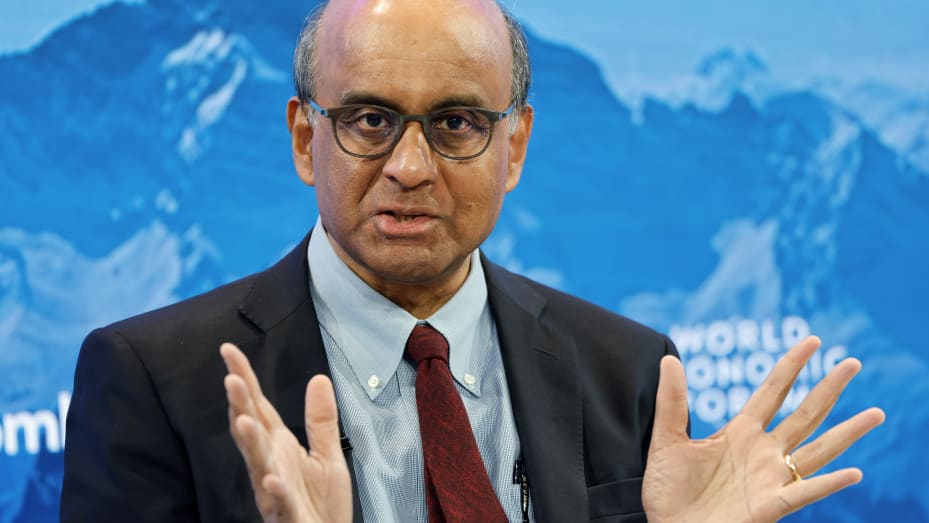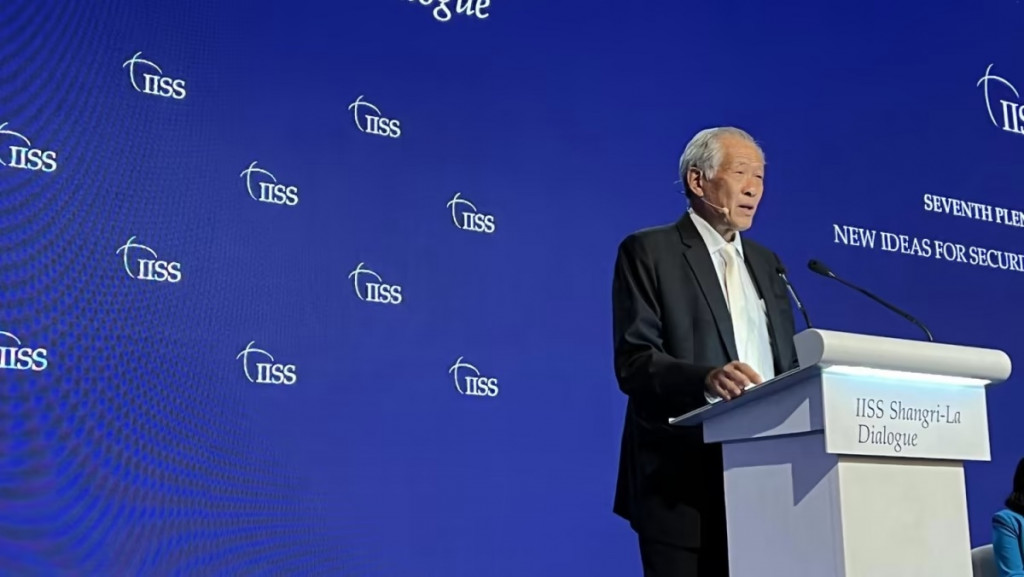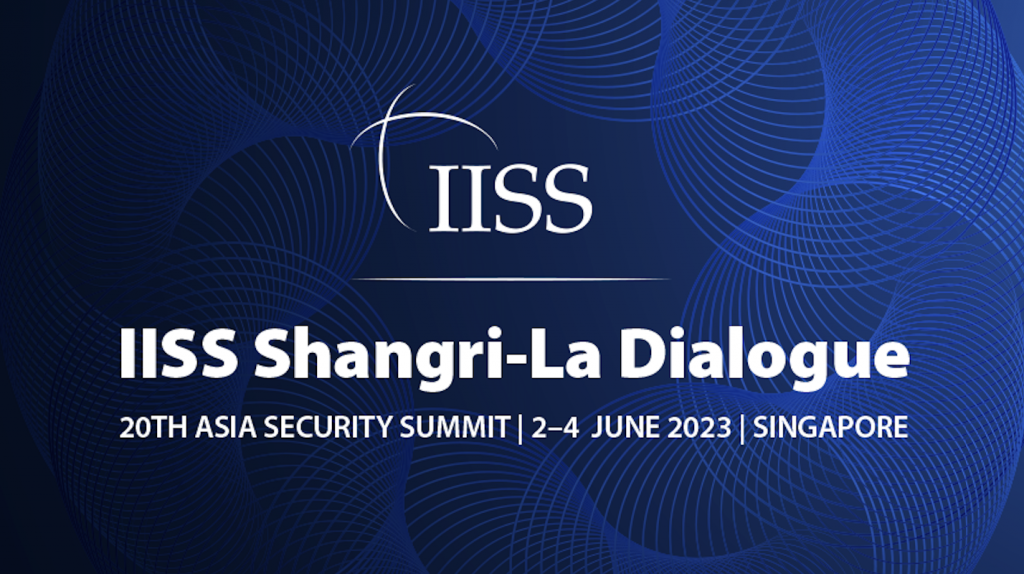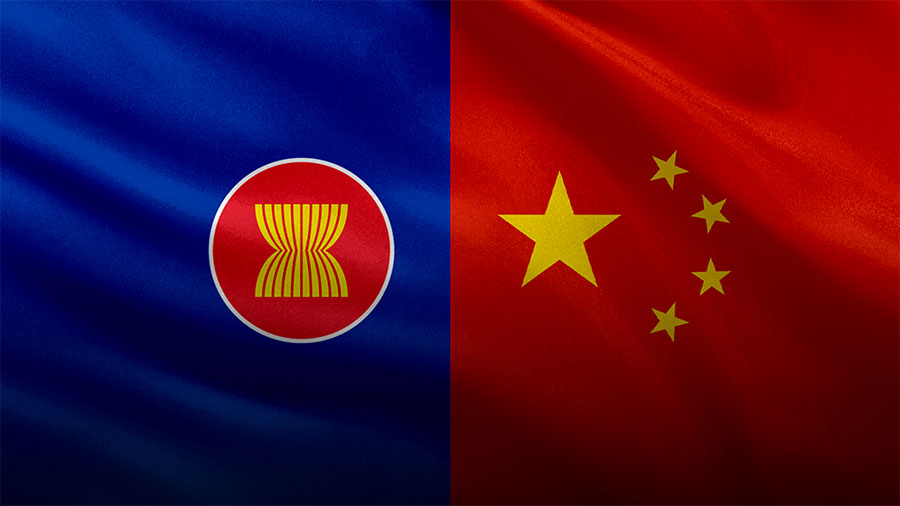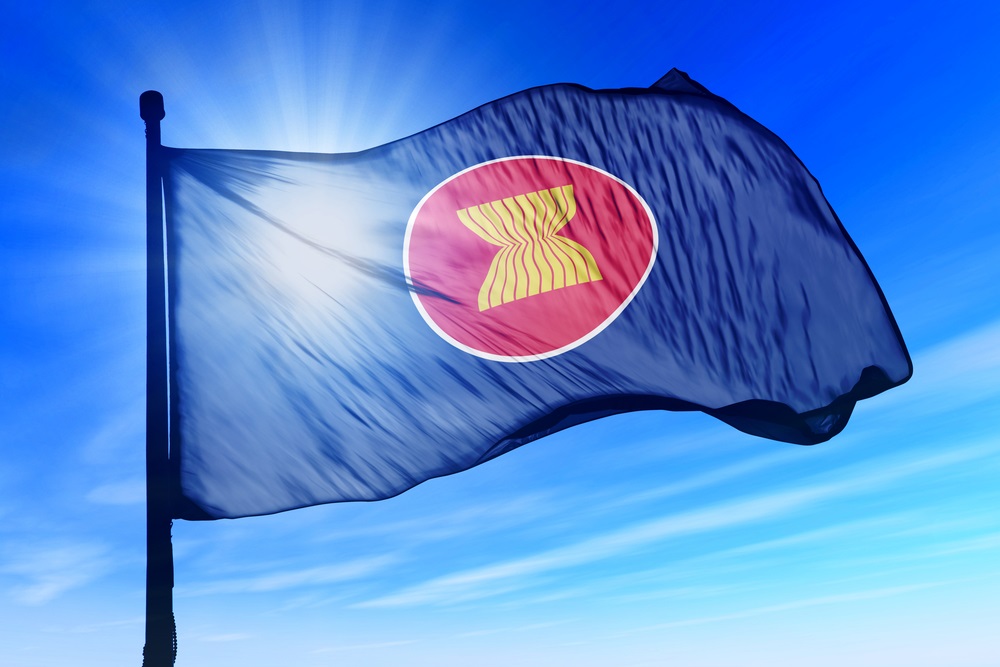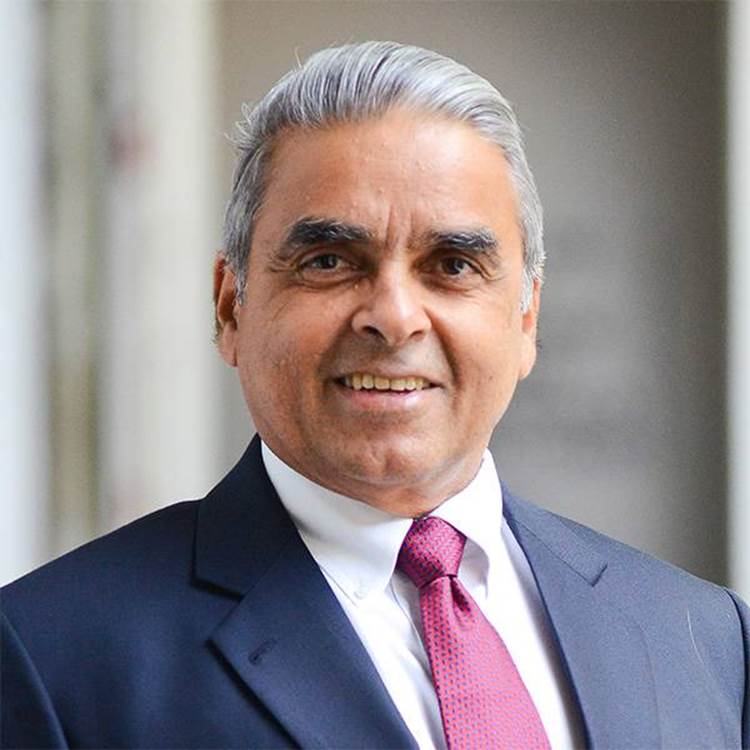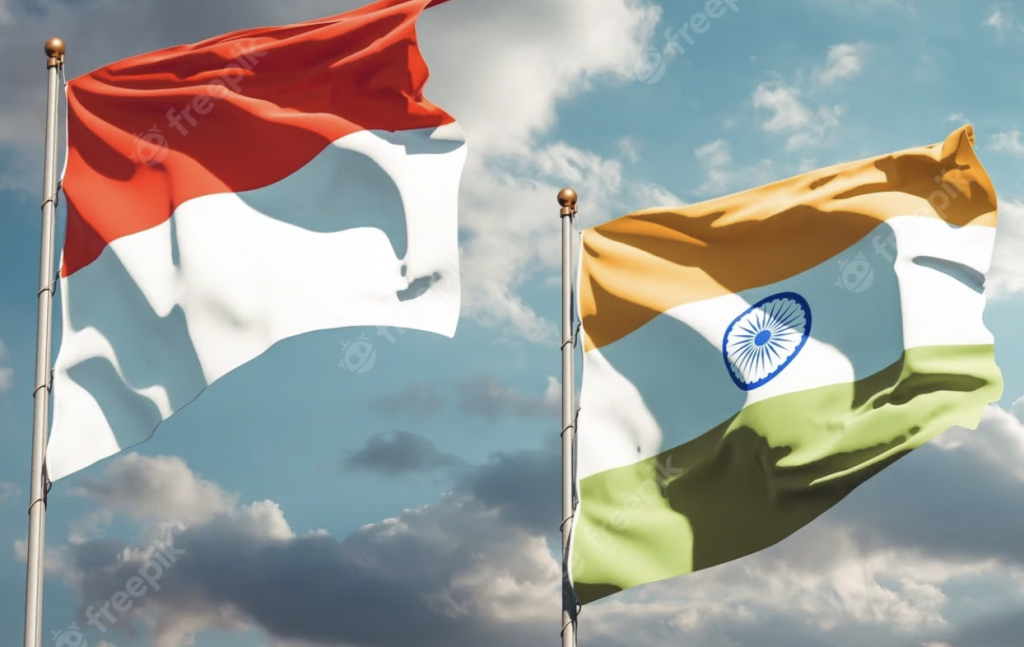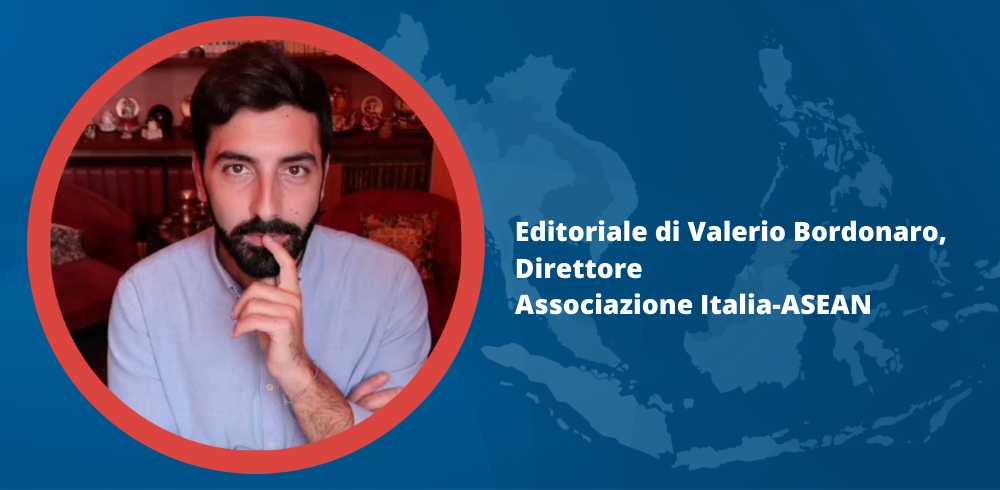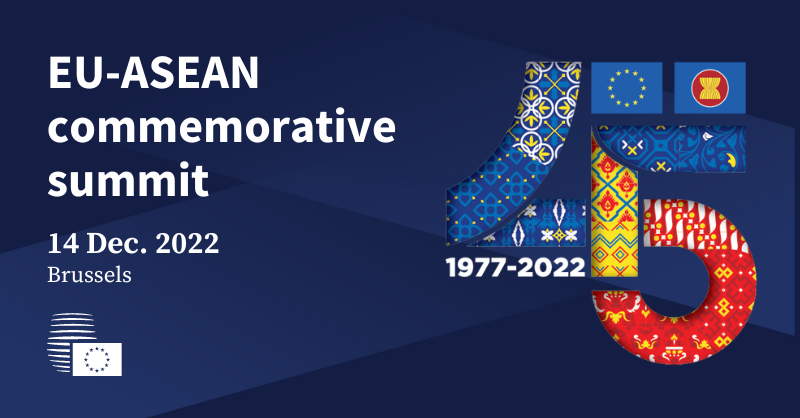The effects of rising temperatures on the Himalayas in a new report: the continent's main water supply risks running dry in 2100. With consequences for an area where the Yangtze and Yellow River, Indus, Ganges and Mekong are born
Asia will lose its main water reserve by 2100. This is the alarm raised by researchers at the International Center for Integrated Mountain Development (ICIMOD) in Kathmandu, who in their latest report predict a reduction in the Himalayan glaciers up to 80% of the current volume. The estimate is based on forecasts of a 4C rise in global temperatures, well beyond the limits promised by the Paris climate accord but close to actual projections unless significant action is taken.
The Hindu Kush area, object of the research, hosts what is today the largest ice reserve in the world after the two Poles. Here there are 15 thousand glaciers for a total of 100 thousand square kilometers of surface, from where the Yangtze and the Yellow River begin their journey, as well as the Indus, the Ganges and the Mekong. An area so vast as to directly affect the 240 million people who live on the plateau and another 1.65 billion along the river basins.
According to ICIMOD forecasts, the melting of the glaciers will cause a peak in the water supply to the valley by the middle of the century, and then slowly begin to decline. From that moment on, the availability of water will begin to decrease and there will no longer be sufficient reserves upstream for the maintenance of local ecosystems.
From the dependence of energy systems on hydroelectricity to the instability of water resources for agriculture, the melting of glaciers will have and already has an epochal impact on the continent. This is in a region where 80% of rainfall is concentrated in the four months of the monsoon season, today increasingly intense, short and hot. In 2021, the president of the United Nations Office for Disaster Risk Reduction Mami Mizutori called drought "the next pandemic". Too bad, he added, that there is no vaccine for drought.
Water scarcity comes into play in an area where investment in hydroelectricity has exploded over the past two decades. One hundred dams are now operational in the sixteen countries reached by the waters coming from the plateau, while another 650 dams are expected to be built in the next few years. Enthusiasm for the opportunities stemming from this seemingly sustainable source was soon dampened by record heat waves year after year. A prolonged peak in temperatures which, as has been happening in Vietnam for over five weeks, has led to the gradual closure of some of the country's main hydroelectric plants.
But the attractiveness of water resources to support the rampant energy demand of new industrial centers has generated very different narratives in the community of international investors. From the Irrawaddy for Myanmar to the Mekong for Laos, there are many companies and institutions that would like to take the opportunity to transform these countries into the "batteries of Asia". The water potential of Asia's major rivers is often referred to as a "missed opportunity" or "largely underexploited".
A gradual conversion of global supply chains in South Asia and Southeast Asia is contributing to this due to rising Chinese labor costs and international tensions. No less important are the tax breaks adopted by governments to attract foreign investors, as well as the numerous trade agreements. All measures that are expanding access to Asian markets and, by facilitating regional exchanges, make it possible to relocate an entire production chain on the basis of the fiscal or economic benefits of the various countries.
The contraction of the polar ice cap is to energy exploration in the northern seas what the melting of glaciers is to Beijing's infrastructure and mining ambitions. In fact, it is the People's Republic, in particular, that is betting on the growing accessibility of the Himalayan plateau. Recently some researchers have identified a vein of rare earths that could extend for a thousand kilometers along the southern border of Tibet, a factor that could both strengthen China's dominant position on one of the most strategic markets of our time, as well as re-emerge tensions with neighboring India.
In fact, a greater presence of human activities on the Himalayan plateau is already bringing to light the territorial claims of the various governments of the region. This is the case of the Tibetan county of Lhunze, one of the largest rare earth basins located in an area still contested by India and where infrastructure investments more than doubled between 2016 and 2019. The escalation of a conflict linked both to new mineral resources may soon be just the preview of a more bitter battle for water resources. Barring the Indus Waters Treaty signed by India and Pakistan, there is no regional mechanism dedicated to the redistribution and rights to use the waters of rivers flowing through multiple Asian states.
The massive presence of Chinese dams upstream of the Mekong is just one example of how marginal the water emergency is still considered which, sooner or later, will no longer be just a problem for a few farmers. Its marginality, the report concludes, is also due to the lack of knowledge on ecosystems beyond data: the human dimension, underlines the document, is essential for understanding what consequences and what solutions are being put in place. Local populations are adapting, but they are doing so through autonomous and small-scale forms of support and redefinition. But the climate crisis is transboundary, and its effects on the already complex relationships between the actors of the region are - still - to be seen.

